THURSDAY, 23 JUNE 2016


The New Consumer is a values-aspirational, practical purchaser. He or she aspire to purchase with a purpose but is unwilling to make practical trade-offs, especially in a tough economy. By and large the New Consumer represents a younger, female, educated demographic.
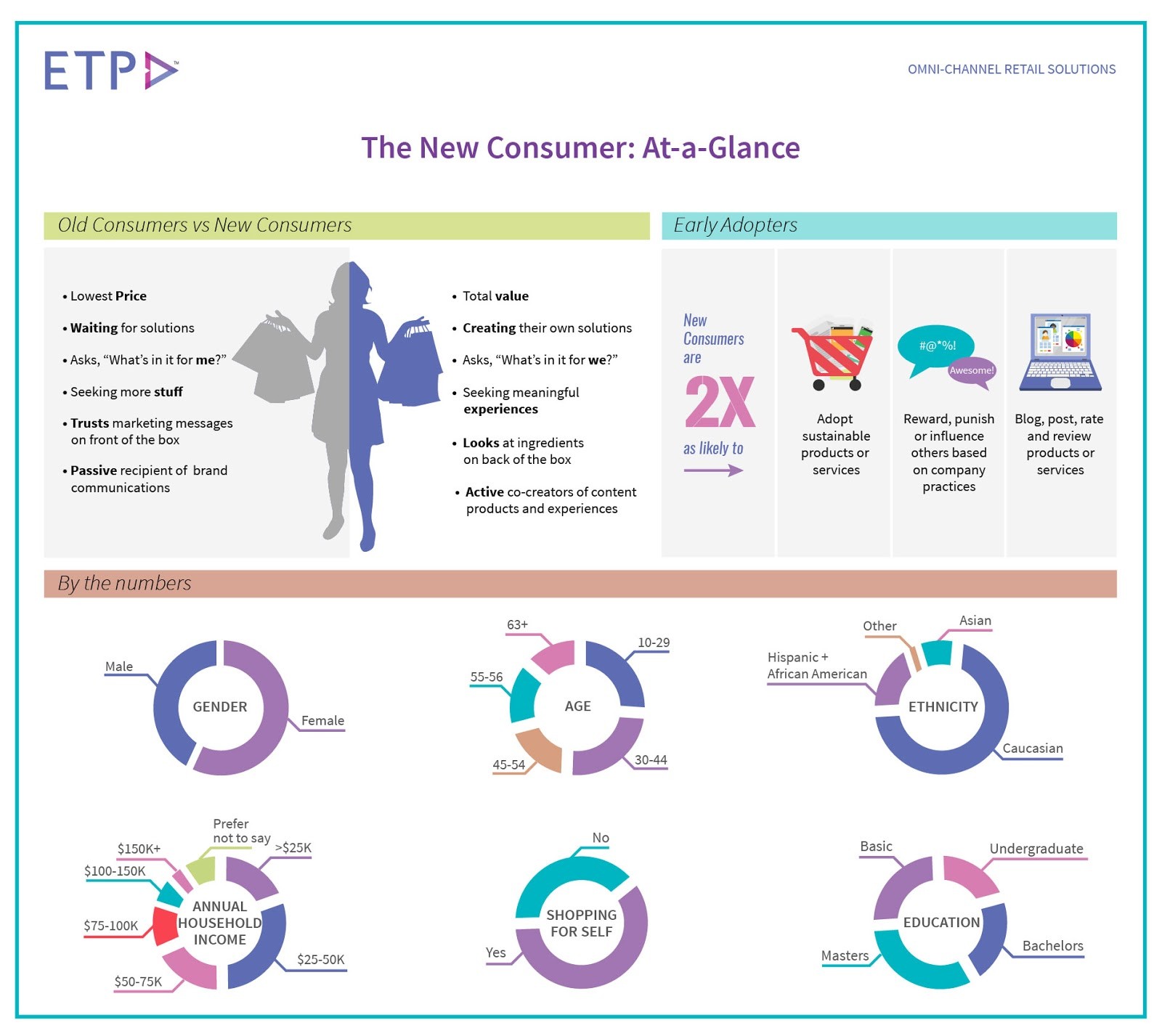
The Retail industry is suffering. Most retailers are struggling to maintain any growth; profitability is compromised, and the future looks gloomy. As I travel across the many countries we work in, I hear the same story. And I also hear the same questions: Is this because of eCommerce? Is this because of the economy? Is this because of geo-political strife?
So let’s break it down. In Asia Pacific, India and The Middle East (we call it the AIM market), eCommerce has between 2 % and 10 % market share. Is this enough to cause the stress in the retail industry? Maybe, and we can do something about it.
Are the economies really doing so badly? Yes, some of the more developed ones like Japan, Singapore, HK, etc. are finding growth difficult. China is slowing down. But some economies like Thailand, Indonesia, India, Philippines, etc. are coming through. Is the geo-political tension between the powers that be, hurting customer sentiment? Maybe. But what can private enterprise do about it?
The key question to ask is which brands are performing and which are not and why? We have many customers and friends in the retail industry who carry scores of brands. And they would do well to examine their brand portfolio. Customer tastes have shifted; all the above factors have driven a changed customer who is willing to spend a lot of money on holidays and mobile phones but will look for value while buying lifestyle items. Value being defined as a great price for a good quality product that is a trend setter. Gone are the days of such products demanding a premium, today that’s the baseline for the customer.
The king is dead, long live the new king, the customer! Sounds obvious? It’s not, with the retailers’ primary focus being location and brand, there has not been much focus on the individual customer. The recognition and acceptance of this will be the change that will drive success and growth in retail and eCommerce. Though I must admit, eCommerce companies have done a better job at personalizing their relationship with customers in a short time.
In the new omni-channel commerce paradigm, the customer is planted firmly in the center of the lens, serviced by any channel that she chooses to interact with, when she chooses, and where she chooses and at the best value. The customer wants hassle free experiences interacting with the brand, recognition, rewards, and superior post sales service.
At ETP, as we work with retailers across 22 countries and over 25,000 stores and 500 brands, here’s what we’ve observed: a tremendous depth in their skills in Merchandising, Brand Management, Sales and Supply Chain Management, their understanding of diverse customers and employees, their ability to manage cycles and seasons and still produce a profit, their infrastructure management, their cash management, among other things.
In the last one year, we are now seeing these giants waking up to the need to focus on the individual customer both in retail and in the eCommerce space. With all their powerful management and execution capability they could be the game changers of this new “Omni-channel” retail world. Like all large organisations with a legacy and systems & processes in place, they may not be as nimble as the pure play eCommerce players, however they seem to have got it now, and are ramping up their organization’s technology, culture and capability to play the eCommerce game. At the same time the eCommerce players have grown and are struggling with the lack of the same competencies that the larger retailers have. You will see many of them opening stores, to better service their customers.
It’s a fascinating new battle front and the next couple of years will tell all. My guess is that the winners will be the ones who leverage the core competencies of retail and deploy the technology savviness of eCommerce companies. Somewhere in the middle, focused on customer service, the successful companies will emerge, after all, isn’t retail a service industry?
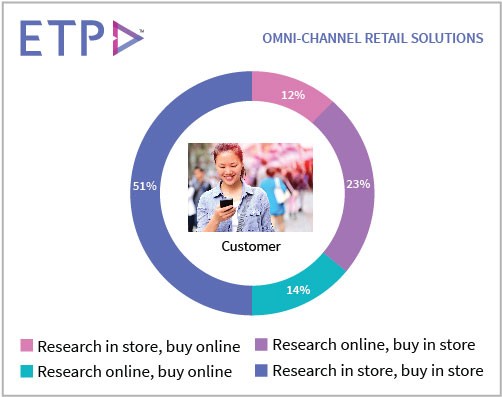
This article has been written by:
 Naresh Ahuja, Chairman and CEO, ETP Group
Naresh Ahuja, Chairman and CEO, ETP Group
Naresh as the Founder, Chairman and CEO of the ETP Group leads the company with a clear focus on bringing enduring value to customers through best practices mirrored in software applications. Spanning 25 years of focus on retail domain expertise and IP development, ETP today, has a strong customer base of market leaders in more than 20 countries across Asia Pacific, India and the Middle East, and is on its way to becoming a global leader in Retail Software Solutions.
For every retail business, it is very important to know their omni-channel shopper in order to be able to provide the right customer experience they desire across all channels. The above video highlights the importance of mobile devices used by shoppers to research for inventory availability from their home, on the way to the store and even while in the store.
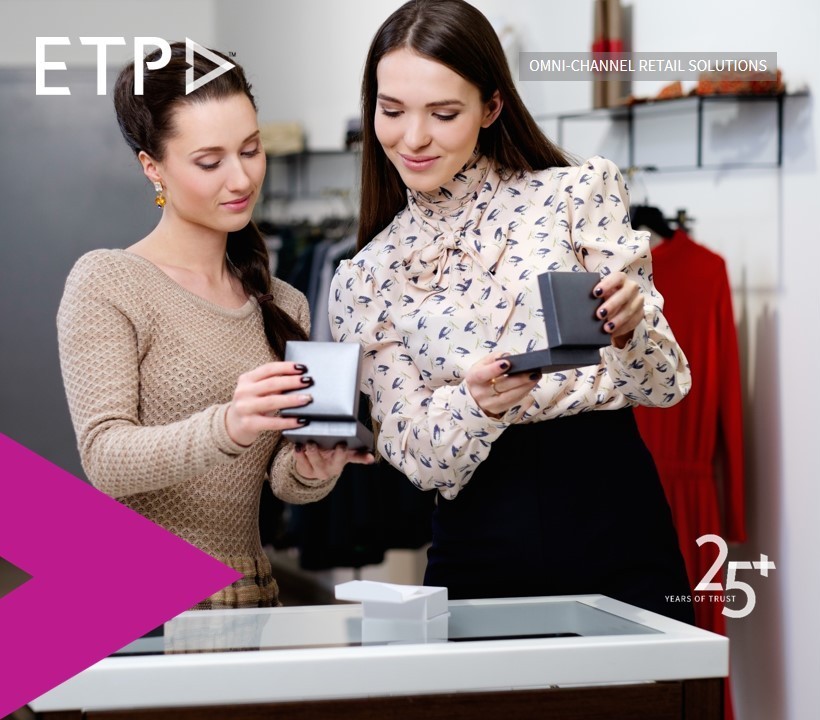
Retail, as a business, is highly customer-centric. Every process or operation in the retail business has to be carried out with the customer in mind. And when the focus is the customers, there are some important aspects related to them such as experience, satisfaction, branding, and loyalty. All these can be addressed by the retailers through ‘service’ which is the essence of retailing. Customer service in retail does not just start and end with the transaction, but it initiates much before that and goes even further beyond the purchase.
One of the traditional methods of doing retail business is through brick-and-mortar stores. Latest trends in technology such as e-commerce and m-commerce have added new dimensions to retailing. They offer customers the convenience of researching for products, buying and having them delivered at their doorstep with convenient and secure payment methods in just a few clicks, from their homes or offices. Yet, the brick-and-mortar store based retailing still prevails and will continue to do so.
94% of total Retail Sales are still generated in brick & mortar stores. Many consumers still look at shopping centers, malls and stores as their preferred location for shopping, so that they can not only see the products but also touch and feel them, try them out, and compare them live. That is not all; another important factor for such shoppers is the human interaction they get to experience by communicating in-person with the store staff regarding various aspects related to shopping.
The store staff have the opportunity to influence and inspire customers and peers, thus being the difference between a sale and a no sale situation. Although their primary objective is to achieve higher sales by driving the customers to make a purchase, their role in the store should not be restricted to merely that. They must also act as an assist to the customer by providing the right information and helping them select the product that best fits their needs and aspirations. Further, store staff should also build a relationship with the customers in a way that would encourage customers to visit the store again.
Thus, store staff that are equipped with the right customer facing skills can prove to be an important asset for the retail business.
Also Read: What Retailers Need To Understand About The Omni-Channel Customer Experience
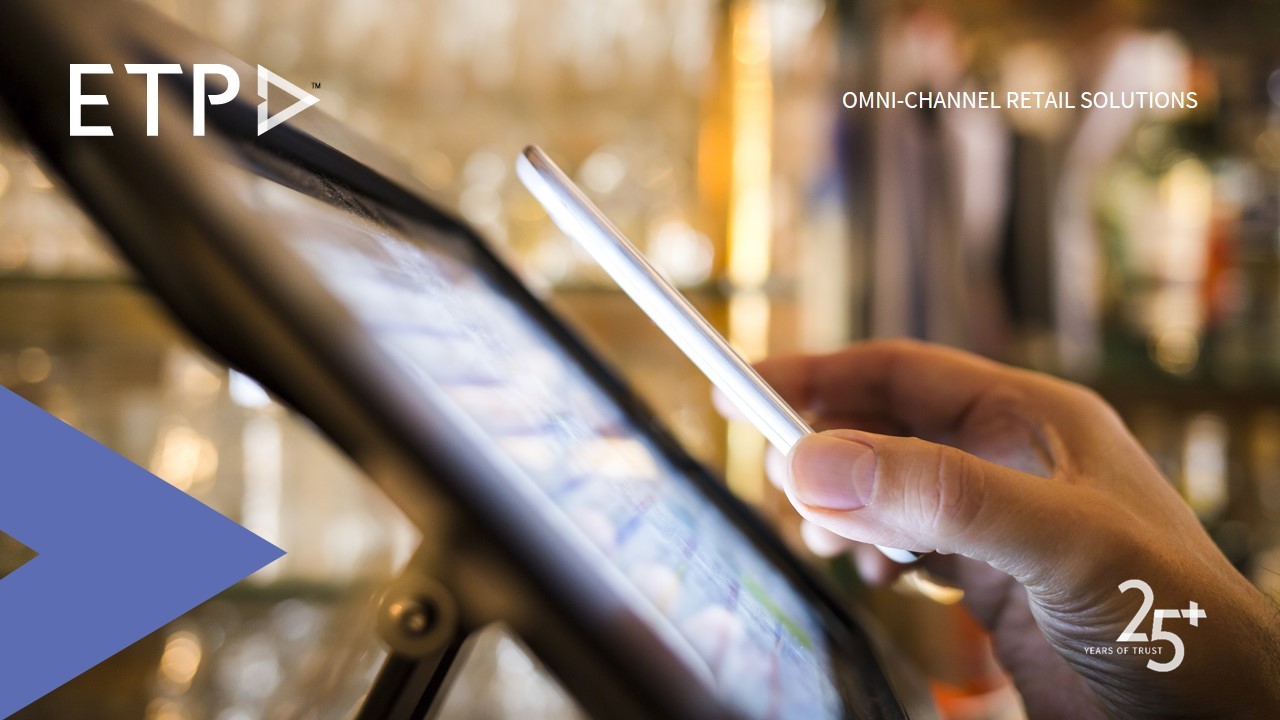
ETP’s value proposition is its unique ability to create innovative retail software solutions. ETP delivers domain expertise through it’s best practices, knowledge base and a team of consultants adding up to 1800 man years of retail experience in various retail verticals such as apparel, footwear, electronics, mobile phones and accessories, furniture and home furnishings, luggage and handbags, books and stationery, jewelry, timepieces, sports goods, health and beauty and convenience stores. ETP helps its customers get it right in retail.
Mono-channel retail and the digital shopper are yesteryear. Today’s consumer is a 360° omni-shopper who researches for and makes her purchases from all angles, as she considers an quickening set of content, payment methods and offers.
Retailers and manufacturers alike must cease to focus on an exclusive channel. In fact, their target must not be the channel, but the master of multiple channels: the omni-shopper. The retailer who does so intelligently will know where to place the next bait. Because the consumer is already looking around and in all probability, is already a step ahead.

– Ross Stokes
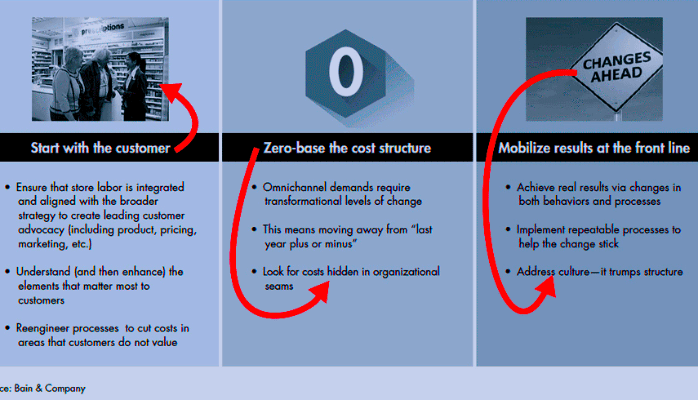
WOW, that was awesome, I’m so happy!!
… and I want to go back and experience that again and share it with my friends, or WOW, that was horrible and can’t believe I wasted my time and money!!! … and I never want to ever experience that again and I don’t want anyone else to have to experience it either.
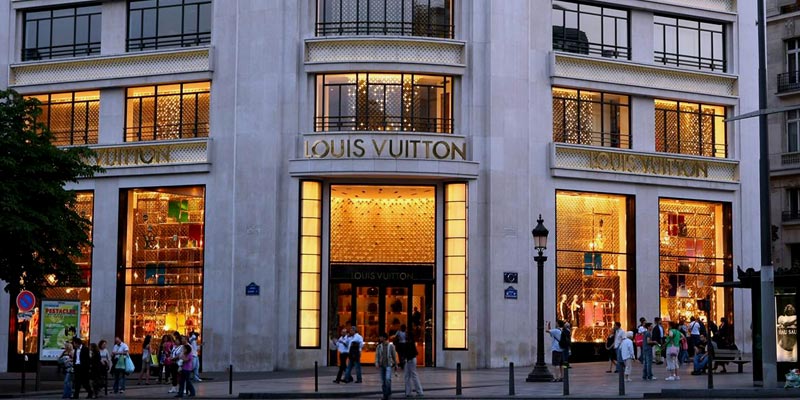
I walked out of there with a new pair shoes, not the best value for money shoes I’ve bought but definitely the most memorable pair.
We all have horror stories and memories from bad retail purchases and store experiences.
Bain has written an article “A Fresh Look At Store Labor”

The article highlights “Winners adapt their store labor model to what matters most to customers, they zero-base their operations instead of relying on what worked for them in the past, and they are systematic in mobilizing store labor for the required changes in behaviors, activities and processes.”
They include 8 useful starter questions to help a retailer explore whether they are empowering their store operations.
Nothing new other than the enabling technology.
Ross brings a diverse corporate and personal set of experiences to his role of Regional Director, Asia Pacific, for ETP. His business experience aids in understanding the various challenges retail owners and executives experience while growing their business and successfully supporting their desire to improve retail management processes and systems to achieve optimal profitability.
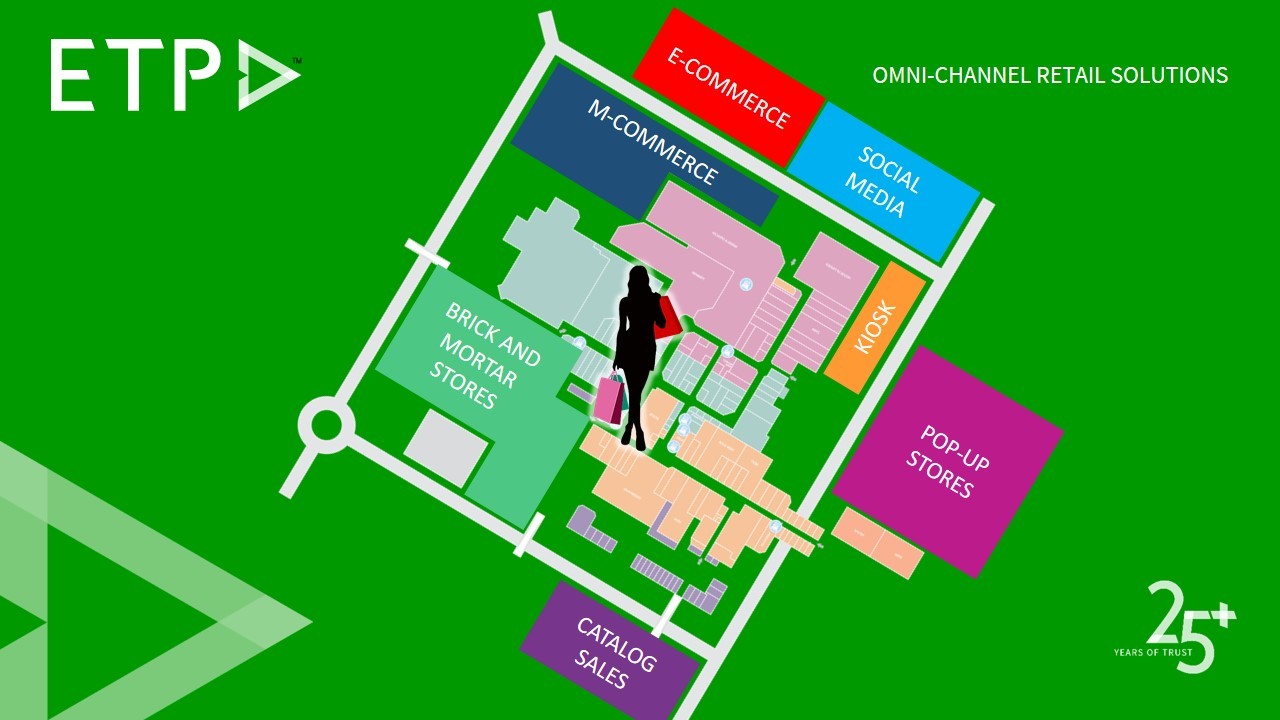
Consumers across the globe are shifting from their traditional shopping patterns and adapting to more modern, digitally driven methods of purchasing. This shift in the shopping behavior of new age consumers has been a game changer lately for the retail industry. Businesses have no choice but to accept this change and to adapt to it. And, the everlasting retail axiom ‘customer is king’ has never been truer than now. Retailers need to be cognizant of this and go out of their way to please them. Hence, the motto for any customer centric retail business should always be surpassing their customers’ expectations and not merely satisfying them.
With the tremendous influence of ‘omni-channel’ in retail, the biggest challenge lies in identifying customer preferences as to when, what, where and how they shop. The impulsive switching by customers between channels while researching or shopping can be overwhelming for retailers to keep track of, analyze and accordingly, make provisions for meeting the customer needs. If retailers are unable to match the pace of their customers’ arbitrariness or are not present when and where their customers want them to be, with all certainty, such retailers won’t be able to sustain for long, leave aside gaining profits.
Availability is the essence of being omni-channel, time and place being important factors. If retail brands don’t want to miss out on a single opportunity of interacting with their customer, they ought to be a business which is everywhere the customer is, and every time the customer wants. For example, if a brand conscious customer is looking for her favorite brand in a particular location but is unable to find it in a physical store there, the retail brand must ensure that the customer is still able to explore and purchase the products through an alternative medium. To go the extra mile, the brand may also deliver the goods at the customer doorstep. In simple words, retail businesses should be ‘everywhere’ ‘every time’!
